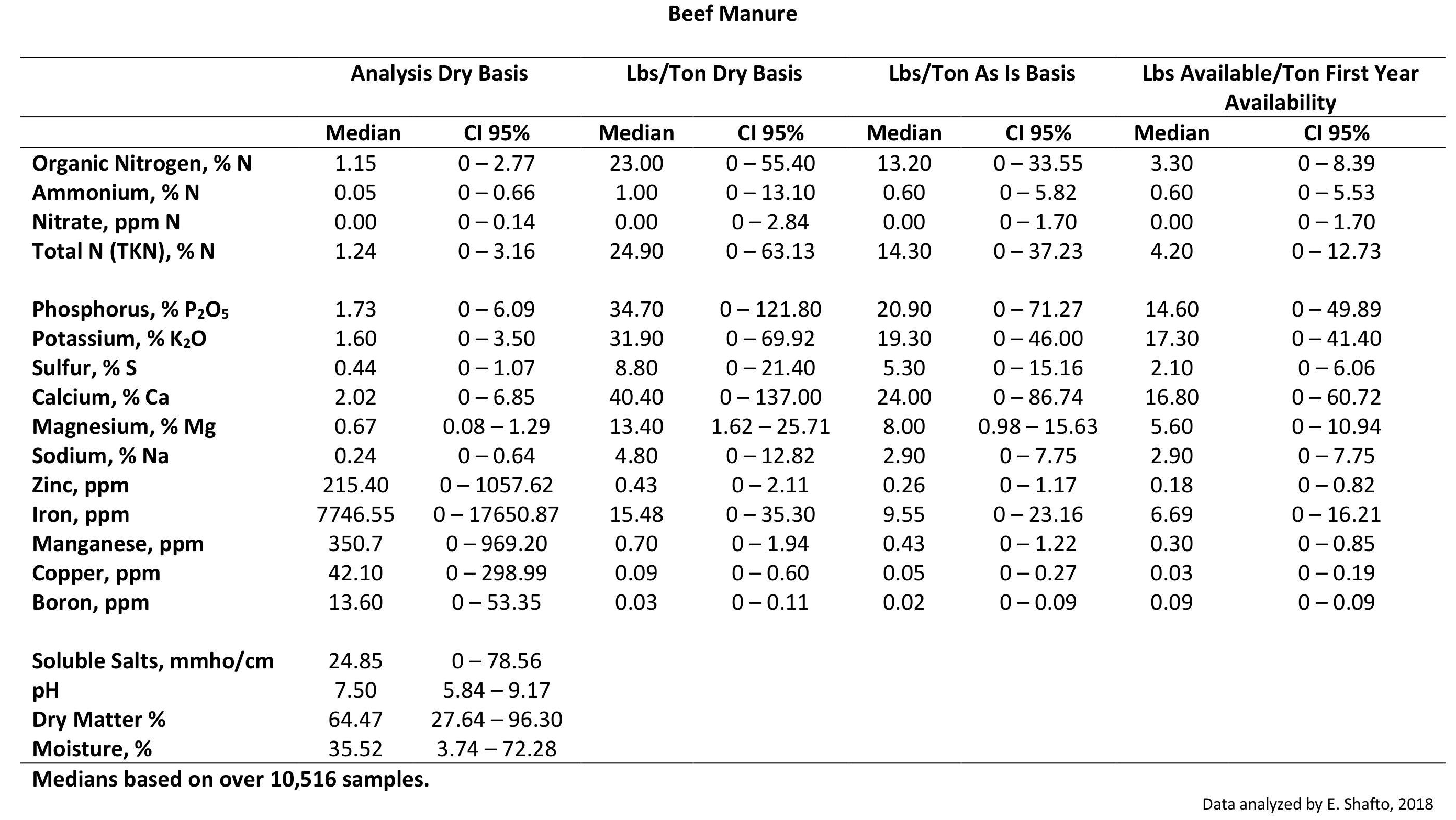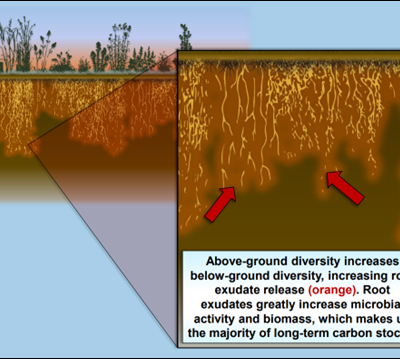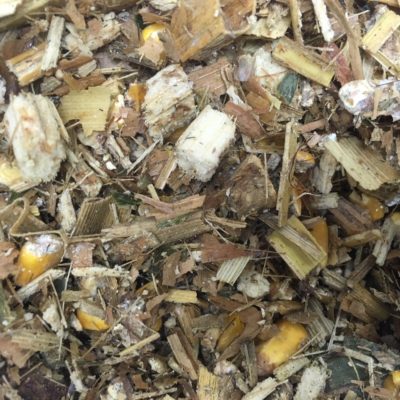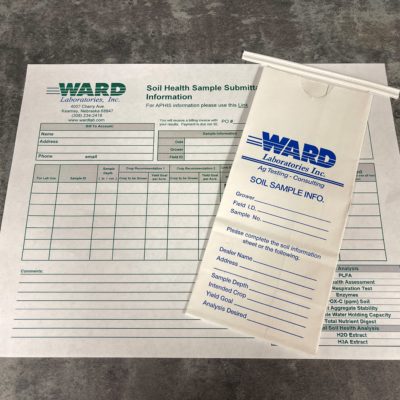Phewy! Smell that? From an early age, we are often told the old phrase “That’s the smell of money!” Although this phrase is often used to indicate cattle profits, the manure in those pens also holds a wealth of resources that can help enrich and strengthen your soil. Once used routinely in integrated farming systems, manure plays a critical role in returning nutrients to the soil. With the shift from integrated livestock and row crop farms to separated specialized operations, the natural cycle of many nutrients has been disrupted. This separation of practices has led to an overabundance of manure in some areas and a lack of nutrients in others, causing a shift to synthetic fertilizer use. So, what does manure do to our soil?
Manure is an important source of raw or partly decomposed organic matter. The nutrients in manure can vary depending on the animal type, health, age, feed ration, bedding and water content. In addition, the various management practices associated with handling manure, manure storage, duration of storage, application amount, application technique and weather can all dramatically alter the nutrient content in manure and thus the amount of nutrients available in the soil and for future crop use. Understanding and applying the correct amount of manure to your fields can be accomplished by testing your manure prior to application. You would be surprised how much it can vary! The table below highlights the difference in nutrient levels found in beef cattle manure that we have processed at the lab in the past five years. Want to see how swine, poultry, dairy cattle, or compost fared? You can check it out here.

First, let’s set the stage. Before manure ever touches the soil, soil fauna (e.g. ants, earthworms, arthropods etc.) and microbial populations (e.g. bacteria, fungi, viruses) naturally exist in your soil. These populations, or communities, are incredibly diverse and have varying community structures that reflect your soil quality, or “soil health”. The majority of the microbial populations exist within the top few inches of your soil, clustered around the root structures of plants, known as the rhizosphere. Soil microbial activity is responsible for the main decomposition of all litter inputs into the soil. Larger fauna in the soil are important for the preliminary break down of residue into small pieces, creating greater surface area for microbial activity. They also move fragments of litter throughout the soil structure, exposing the litter to larger microbial communities, which provides a natural incorporation without resorting to mechanical methods. When food is scarce (e.g. winter months when no living plant is present), microbes have the natural ability to enter a low energy requiring comatose-like state to preserve their nutrient supply until food is readily available again.
Initial introduction of manure is a feeding frenzy for soil microbes. Manure not only contains a large amount of macro and micro soil nutrients but also inoculates the soil with microorganisms excreted by livestock. The nutrients in manure, although processed by the host, require a suite of soil microbe activity to alter the chemical structure of nutrients to make them available for microbe and plant use. Much like hungry teenagers at a buffet, microbes attack the most easily accessible forms of food first: sugars, starches and other soluble nutrients. This initial process is often rapid. Once these resources have been used, the breakdown of more complex soil compounds begins and is a slower process like preparing a box of mac and cheese. It takes time and a little bit of effort. This process includes the breakdown of cellulose and hemicellulose, both found in plant tissues. Lastly, complex compounds, such as tannins and lignins (found predominantly in woody plant species) are broken down. This process occurs over a long period of time and with a lot of help. It’s almost like preparing a Thanksgiving feast. This process requires the specific activity of select microbes (e.g. White Rot) to breakdown these compounds.
Microbes are very similar to people in the way they act. Although the main end product of aerobic (or oxygen loving) microbial activity is to release carbon dioxide (CO2) and water, microbes require nutrients to support growth, maintenance and reproduction. Thus, microbes make a living by harvesting carbon and other nutrients from the soil organic matter. Microbes are responsible for converting many minerals from organic to inorganic forms (often referred to as “mineralization”) that are easy to take up for both the microbe and plants. For instance, microbes need N to meet many microbial needs (e.g. protein building). If there is an abundance of N in the organic matter, extra microbial processed N, in the form of ammonium-N (NH4+-N), is released into the soil environment. Due to the close proximity of microbial communities and plant roots, the released, easily available N is taken up by the plant. Increases in nutrient sources, such as the addition of manure, stimulates microbial growth and reproduction, resulting in a larger, more active microbial community. Larger populations lead to greater microbial turnover, in which the death of the microbe releases nutrients gathered during its lifetime and can now be utilized by plants.
In addition to the minerals microbes liberate for plant use, manure and microbes can also help build your soil structure. Increased presence of organic inputs promotes microbial activity and decomposition. During this process, polysaccharides are produced as a by-product and help bind macroaggregates together in the soil. Polysaccharides are sticky, glue-like substances that form bridge-like structures between aggregates and are resistant to degradation in the soil. The accumulation of this activity creates a snowball effect in the soil. Stabilized aggregates create tunnels that increase soil porosity, soil water holding capacity, nutrient cycling and nutrient availability to microbial communities. In turn, these characteristics support an improved soil drainage system, a decrease in bulk density and compaction, and a decrease in soil crusting and erosion.
The rate at which decomposition occurs in the soil is dependent on the quality and composition of the manure, the microbial community structure, weather and time. This rate causes manure to act like a slow release fertilizer, ensuring all the nutrients are not lost during initial application or shortly after. A manure analysis report often provides a “First Year Availability” value to help you understand and apply the correct quantity of nutrients needed for your crop. These manure mineralization approximated values are calculated based on similar mineralization rates found in research for each manure type. If you like to apply manure in the fall but are concerned about potentially losing nutrients due to soil moisture and microbial activity, consider incorporating cover crops into your rotation to help cycle nutrients in the soil. As they breakdown in the winter and spring, they will release the nutrients consumed from your manure application while supporting a healthy, thriving soil microbial community.
Applying manure to your soil can be an efficient way of stimulating an active, healthy microbial community while providing nutrients to your crop. Manure quality is dependent on various factors that contribute to the dominate microbe community and nutrient forms. Be sure to properly analyze your manure before you apply to ensure you are getting the most out of your valuable resource. Understanding and properly applying manure could help save fertilizer costs in the future while boosting your soil microbial community resiliency and soil health. So go ahead and take a deep breath. That’s the smell of money.
0
You have 0 items in your cart




